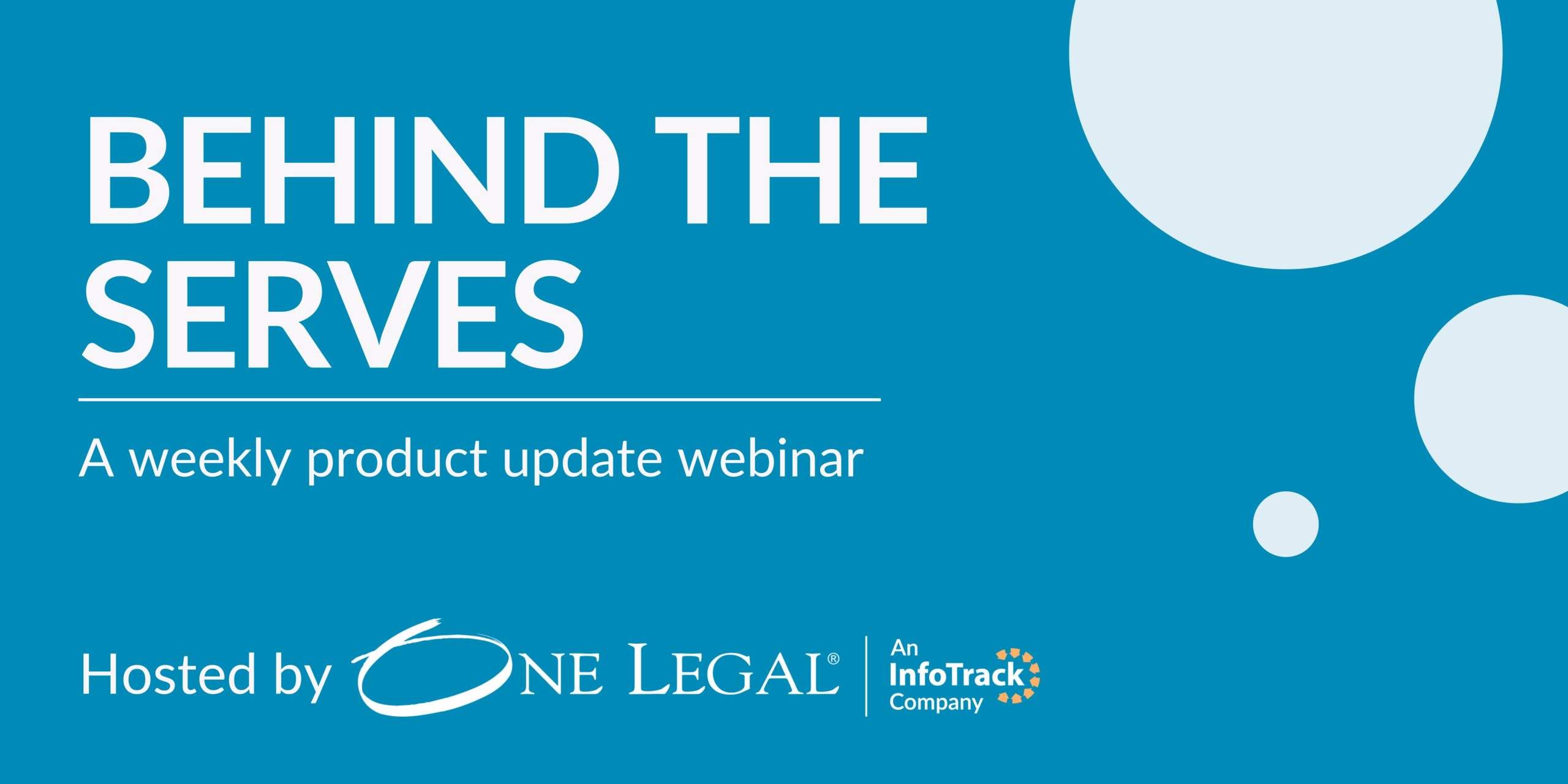Electronic court filing on its own is a relatively new concept, with some of the largest court systems in the world only transitioning to eFiling in 2018 (Cook County, Illinois and Los Angeles County, California, for example.)
Already, eFiling is an area ripe with opportunity for technology to solve many pain points. Through automation and integration, we can minimize the data entry process, improve accuracy and consistency, and ultimately streamline the overall litigation process.
The integration difference
Traditional eFiling requires filers to input key pieces of information into the filing workflow. This typically involves logging into a filing provider’s platform through their website, manually entering all of the essential information, and uploading necessary documents.
By comparison, “integrated eFiling” streamlines this process by enabling filers to start an order directly from their case management system, automatically importing all the relevant client information to save time and eliminate the risk of manual data entry errors. All case documents and filing fees can be synced back to the matter within the case management software.
The improved workflow, when adding the InfoTrack integration into the case management system, looks something like this:
- Create a matter in the practice management software
- Draft documents and upload to your matter
- Select documents to file and serve from your matter
- Receive documents and trace filing fees in your practice management software
All while never leaving the primary tool you use to manage your case.
Understanding eFiling
To understand why integrated eFiling is so promising and potentially pivotal for law firms, it’s important to understand the key details of traditional eFiling.
Where eFiling is established and when filing through certified eFiling service providers, each of these pieces of information is added directly to the court’s docket. Things like:
- Court location – establish the case in a specific court
- Case type and sub-type – determine the framework for the case
- Case party information – ensure that the correct jurisdiction is given
For new filings, this means that the information becomes the foundation of the case, defining future actions. For subsequent filings, this ensures that the key elements of the case match up and that the information is established on both sides and with the court.
Every piece of information entered either defines or verifies each party’s understanding of the case. Technology is playing a pivotal role in developing more efficient, effective ways of collecting this information, and ensuring that the data is accurate and consistent as it passes from one end of the litigation process to the other.
Want to learn more about integrated eFiling with InfoTrack and its partnerships with popular case management systems? Request a demo>>






